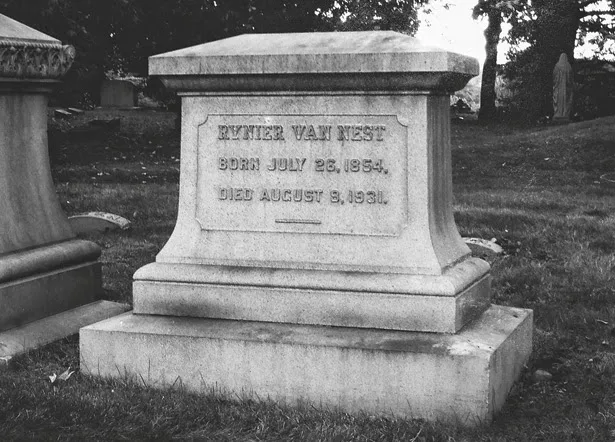America's (True) First Cycling Champion | Bicycling
He won the race—then was lost to history
If asked to name the greatest American road-racing champions, the average fan is likely to start with Greg LeMond (the three-time winner of the Tour de France and a two-time world champion) or Lance Armstrong (once credited with seven Tours and still a world champ). Others on the list might include 1988 Giro d'ltalia winner Andy Hampsten, last year's Vuelta a Espana king Chris Horner, and '84 Olympic gold-medal winners Connie Carpenter-Phinney and Alexi Grewal.
Encyclopedic scholars might add the name of George Mount, the first modern-era American to break into the European peloton (his sixth place in the 1976 Olympics road race was the first time an American placed in the top 10), or cite Jonathan Boyer, the first US racer to compete in the Tour de France. But almost no one remembers the first great American champion—or knows much about his curious story, which started soon after the dawn of bike racing.
The first commercially available bicycles appeared in Paris in 1867. These 70-pound "boneshakers" were made of wrought iron and equipped with wooden wheels encircled with hoops of iron, with cranks and pedals emanating from the front hub. Gradually, the best models were outfitted with the latest technology of the time—solid rubber tires.
"Velocipede mania" swept across Europe and around the world. In Florence, Italy, a hearty band of pioneers formed the Veloce Club and organized a 20-mile road race from Florence to Pistoia, set for February 2, 1870. The sport was so new that the first official race of any kind, held in a park in the Parisian suburb of Saint-Cloud, had taken place just 20 months earlier. Not even three months had passed since the original road race, from Paris to Rouen, was won by Englishman James Moore. The Olympic debut of cycling, which would happen in the inaugural modern Games, was still more than two decades in the future, and the first Tour de France was more than 30 years off.
The Veloce Club went to great lengths to attract an international field, and hundreds of curious spectators turned out on that frigid and rainy Wednesday morning to witness this unprecedented spectacle. Twenty riders assembled by the old city gate, Porta al Prato. So narrow was the road that they had to line up in four rows. Those whose feet could not reach the ground had to be propped up by volunteers. Meanwhile, two women scurried about distributing cups of hot coffee.
At precisely 9 a.m. a trumpet sounded and the racers were off, raising clouds of dust and hearty cheers. A few carriages and horsemen managed to elude the police safeguarding the route and chased after the riders as other spectators sprinted to the train station to try to catch the finish. The world's first tifosi lined the road (and would do so the entire route), some hanging off walls or trees. Pedaling furiously somewhere in this madness was a teenager described by Florence's daily La Nazione as "pale and skinny, but fast and laid back," and to whom a Florentine poet, Sebastiano Fenzi, paid tribute in verse: "Your face is like a maiden's, and so no one will note, that you're a little wolf dressed out in petticoat." That racer was the American Rynier Van Nest.
La Nazione described the dramatic arrival in Pistoia, about two hours later: "Suddenly a few cried, 'Eccolo, eccolol' [There he is!] Soon everyone could see from afar, just above an ocean of heads, a cap sporting the badge of the Veloce Club. It was Mr. Rynner Van Hest, well known to midday frequenters of the Cascine [Florence's main park], for his extraordinary skills managing his velocipede. He advanced rather slowly, and appeared tuckered out, but no one else was in sight. A unanimous and sustained applause broke out. The throng was stunned to see a young man—he appeared to be no more than 15 or 16—win such a long race."
It was indeed an impressive performance by the American prodigy, who in fact was not quite 16. He took an early lead and never relinquished it, finishing a good two minutes ahead of his nearest rivals, a Belgian, a Frenchman, and two Italians, all about 10 years his senior.
[ Read the rest on bicycling.com ]





Comments
Post a Comment